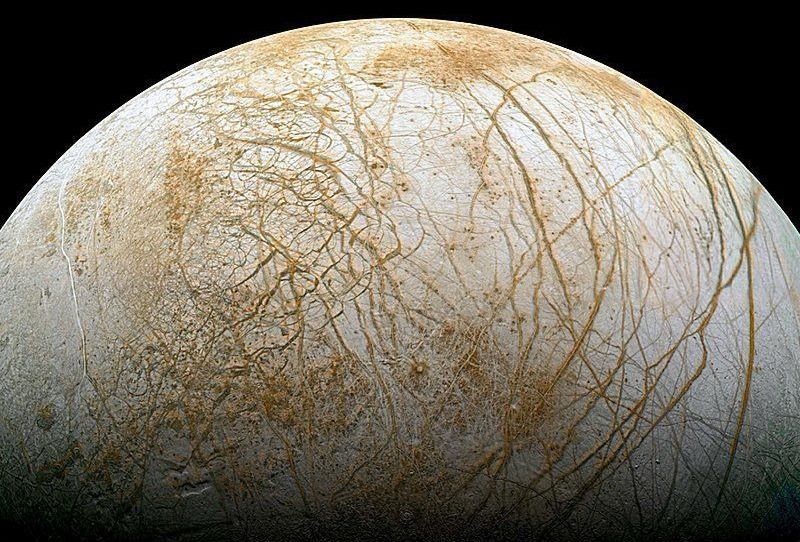Jupiter is a giant hot gaseous planet situated after the asteroid belt at a distance of 365 million miles when it is the closest w.r.t Earth and 601 million miles when it is the farthest. It was just a few years back when Jupiter’s moon Europa was reported as a potential planet that can hose life. Europa headlined on the internet in 2016 after scientists were able to see water vapor like plumes erupting from its crust. But, as a part of new research at the University of Sao Paulo, Brazil, Europa might have liquid water flowing beneath its 10-kilometer deep ice crust. The researchers used data extracted the data from an analogous location on Earth and found that life is sustainable in even the harsh environment that Europa offers as it has a huge liquid ocean under its crust.
Douglas Galante is the part of the research team that stretched towards the Mponeng Gold Mine in Johannesburg, South Africa in such as evidence. During the research, they found that bacterium Candidatus Desulforudis Audaxviator survives inside the mine at the depth of 2.8 km without any sunlight. It uses the method of water radiolysis where the water molecules are dissociated with the help of ionizing radiation. The analysis of the mine highlighted the cracks that run throughout the mine filled with cracks that supply water containing radioactive uranium which in turns, helps the bacterium to break down water molecules and consume the free radicals produced.
Once the free radicals are generated, these subatomic molecules attack rocks in the surrounding which produces sulfate. This is what these bacteria utilize to synthesize energy and store it without even interacting with the sunlight. One of a kind findings confirmed that it was the very first time when scientists were able to explore a living organism using nuclear energy to survive directly. Galante stated that this ecosystem is analogous to that of Europa’s ocean which has a great amount of thermal energy and absolute zero temperature.
